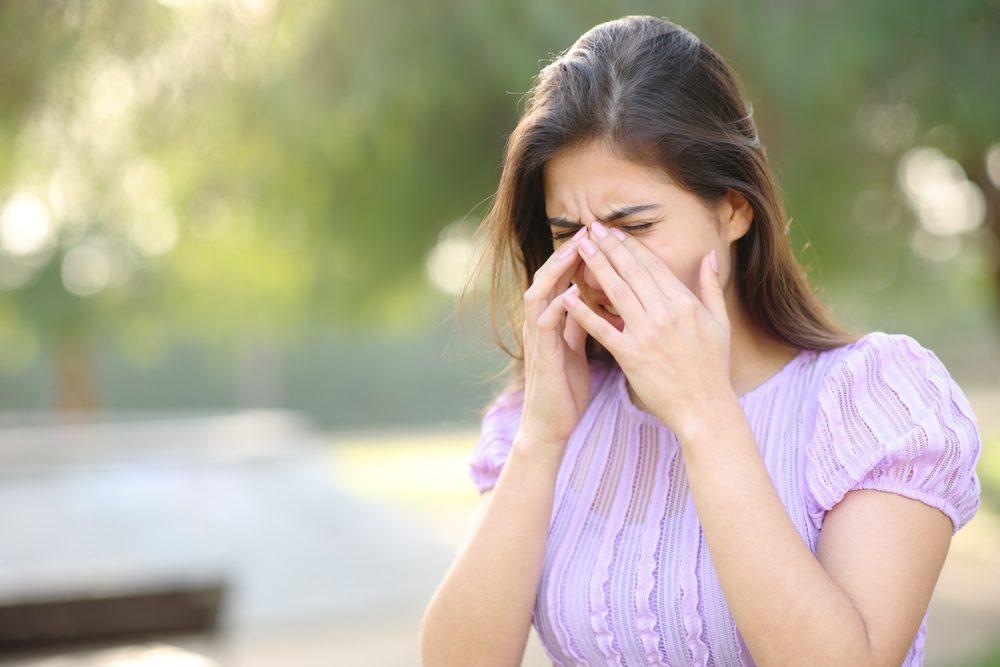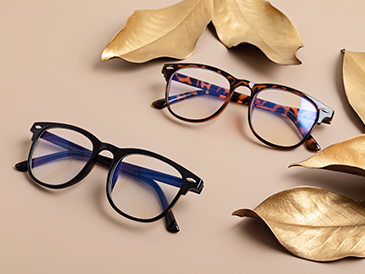How Can Environmental Factors Trigger Dry Eye?
Blog:How Can Environmental Factors Trigger Dry Eye?

Living in Chicago means experiencing everything from icy, windy winters to hot, humid summers - and while the city’s seasons bring variety, they can also take a toll on your eyes. Understanding how your environment affects your eyes is the first step in finding relief and knowing when it’s time to visit your eye doctor.
What Is Dry Eye Syndrome?
Dry eye syndrome is a common condition that occurs when your eyes do not produce enough tears or when the tears evaporate too quickly, resulting in poor lubrication of the eye’s surface. Tears are essential for keeping the eyes moist, clear, and comfortable, and when they are lacking in quality or quantity, symptoms such as burning, stinging, redness, irritation, or a gritty sensation may develop.
In some cases, dry eye can even cause blurry vision or make it difficult to wear contact lenses comfortably. While occasional dryness may be temporary, ongoing dry eye syndrome often requires proper diagnosis and management to protect long-term eye health and vision.
Environmental Triggers for Dry Eye
Dry or Windy Climates - Low humidity, high heat, or frequent winds can cause tears to evaporate too quickly, leaving eyes dry and irritated.
Air Conditioning and Heating Systems - Heaters and AC units reduce indoor moisture, often worsening dry eye symptoms in offices, cars, and homes.
Digital Device Use - Prolonged screen time leads to fewer blinks, reducing tear distribution and speeding up evaporation.
Allergens and Pollution - Dust, pollen, smoke, and air pollution can inflame eyes, making them feel gritty and dry. Seasonal changes in air quality may also trigger symptoms.
Contact Lens Wear - Lenses limit oxygen to the cornea and can lead to dryness, especially when worn for extended periods.
What You Can Do to Protect Your Eyes
Use a humidifier to add moisture to dry indoor air.
Stay hydrated by drinking plenty of water throughout the day.
Take screen breaks using the 20-20-20 rule: every 20 minutes, look at something 20 feet away for 20 seconds.
Wear sunglasses outdoors to shield against wind, dust, and UV exposure.
Use artificial tears to keep eyes lubricated, especially in dry environments.
Clean your environment by reducing dust, smoke, and allergens when possible.
When to See Your Eye Doctor
Occasional dryness can be managed with simple lifestyle changes, but persistent or worsening symptoms should not be ignored. Schedule an eye exam if you experience:
Constant dryness or irritation despite at-home treatments
Burning, stinging, or redness that doesn’t improve
Blurry vision or eye fatigue
Difficulty wearing contact lenses
Our optometrist can determine whether your dry eye is caused primarily by environmental factors or if there’s an underlying medical condition. They may recommend prescription drops, advanced in-office treatments, or adjustments to your vision care routine.
Find Relief From Dry Eyes at Luminous Eyecare
Environmental factors play a significant role in triggering dry eye. By making small adjustments and knowing when to seek professional care, you can protect your vision and improve daily comfort.
If dry eye is interfering with your life, schedule a consultation with Luminous Eyecare to find relief and keep your eyes healthy. Visit our office in Chicago, Illinois, or call (773) 389-5409 to book an appointment today.



